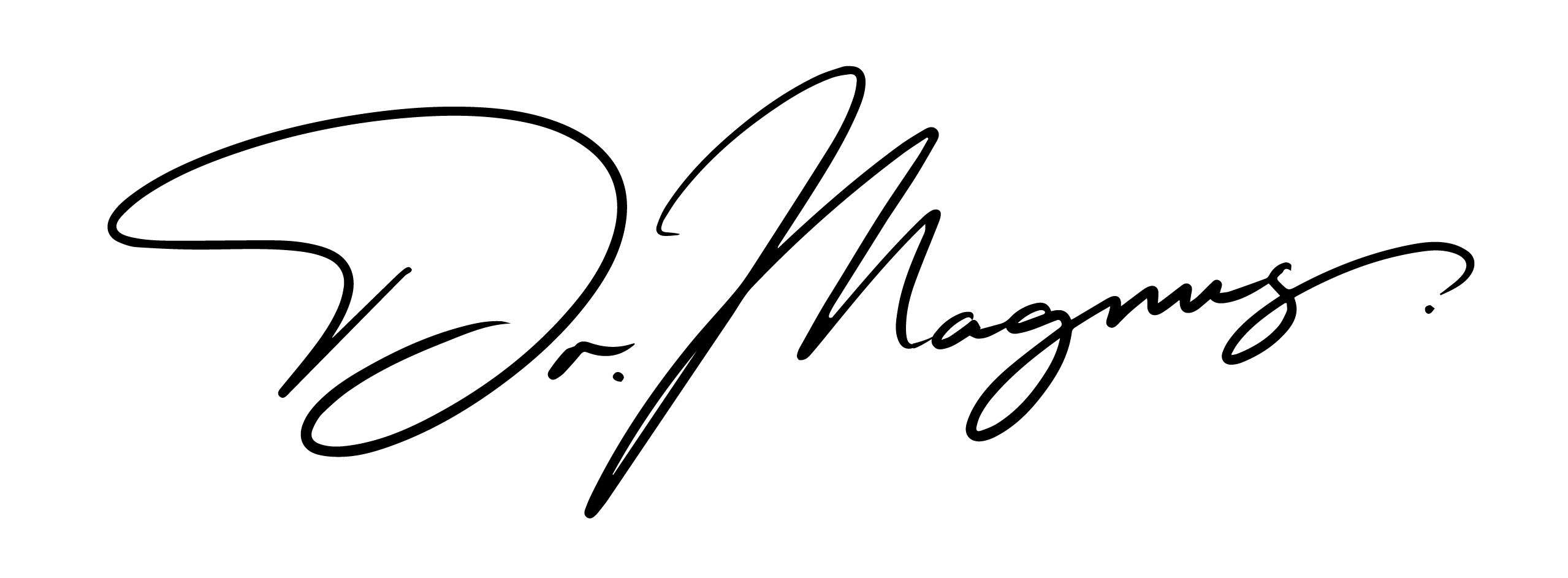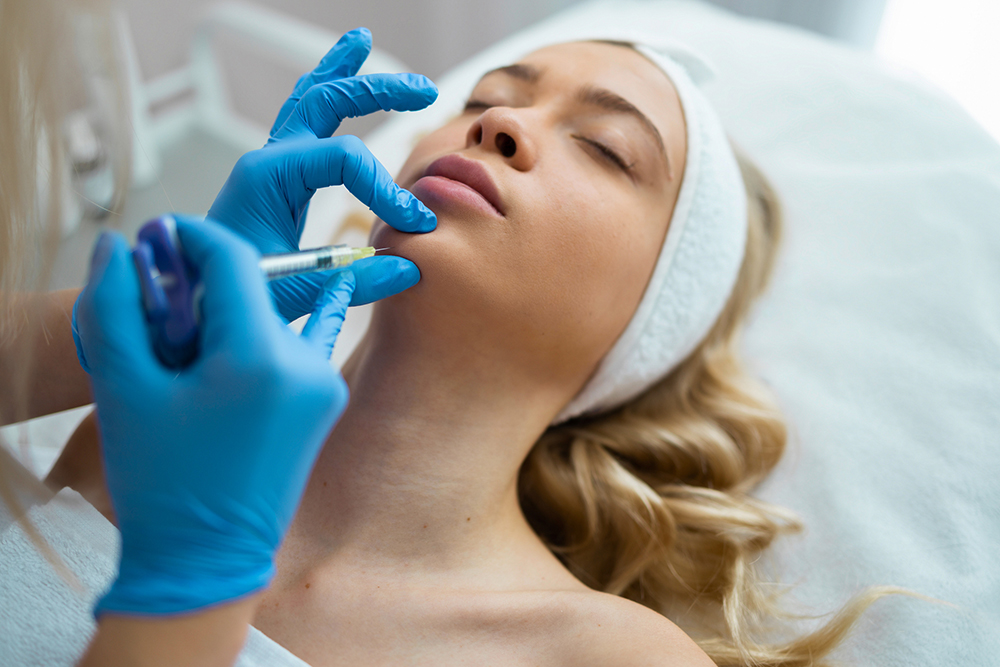 | 15 min read
| 15 min read
As we age, the skin and the supporting ligaments in our face begin to lose their elasticity and firmness. This is compounded by a decrease in volume of the underlying fat and bony skeleton. Dermal fillers are injectable substances used to add volume and fullness to the skin and tissues beneath the skin. They can reduce the appearance of wrinkles, soften facial creases, enhance contours, and improve the overall appearance of aging skin. My approach to dermal fillers is to subtly restore volume and contour the face by combining fillers of varying densities placed precisely at different levels beneath the skin surface. I will generally use relatively small quanties of filler targeted to areas where the maximum benefit can be achieved - usually no more than 2ml at a single visit. I will not place large quantities of filler that can lead to an unnatural appearance. Not all patients will benefit from dermal fillers and more filler does not always lead to a better appearance.
Dermal fillers are used to add volume to multiple sites on the face. Despite their name, they are rarely injected into the dermis but rather into deeper layers beneath the skin surface to replace volume and support the overlying skin.

The cheeks and midface are one of the first areas where volume loss becomes noticeable as part of the natural aging process. This loss of volume can lead to a hollowed or sunken appearance, contributing to a tired and aged look. The diminished fullness in these regions also causes the skin to sag, resulting in the deepening of nasolabial folds and marionette lines. By treating this area it is possible to restore lost volume and achieve a more youthful and rejuvenated appearance. Firmer fillers are placed on the cheekbones to support the tissues and softer fillers can be placed beneath the surface of the skin. This enhances the contour and definition of the cheeks but also can have a beneficial effect on the lower face - as the midface is lifted this can reduce the severity of jowls and sagging in the jawline area.

As we age, one of the most common changes in our facial appearance is the development of creases running from the sides of the nose to the corners of the mouth, known as nasolabial folds. These become more pronounced over time due to the loss of volume beneath the surface of the skin. Loss of the underlying fat, connective tissue and bone that causes the skin to sag and the folds to deepen. This results in a more aged and tired appearance. Placing fillers deep onto the bone restores the lost volume lifting the overlying tissues. Placing filler just below the skin's surface helps to support and smooth the skin itself, reducing the depth of the folds.
There is an important artery that is located in this area and it is very important that filler is placed precisely at the correct depth to minimize the risk of vascular occlusion.
Lines running from the corners of the mouth down to the base of the chin are known as marionette lines. These lines can give the face a sagging, tired, and aged appearance. By placing fillers precisely beneath the surface, it is possible to structurally support the skin and replenish the lost volume. This can restores a more youthful contour to the lower face giving a rejuvenated and refreshed appearance.

Fillers placed in the chin and jawline can significantly enhance the contour of the lower face for both men and women. This can harmonize the facial appearance as well as providing support to loose or sagging skin.

Lips lose volume with aging. This occurs due to the loss of collagen, fat, and hyaluronic acid in the lips. Thinner lips can contribute to an aged appearance. By injecting fillers composed of substances like hyaluronic acid into the lips lost volume can be replaced improving definition of the lips and often improving the overall facial aesthetic, giving a more youthful and refreshed appearance.
Hollowing under the eyes, often referred to as tear troughs, is a common sign of aging that can significantly contribute to a tired or aged appearance. This condition results from the loss of volume in the area beneath the lower eyelids, creating a sunken and shadowed look that can make individuals appear older than they are. Some individuals can benefit from the careful placement of small volumes of dermal filler in the tear trough to address this issue. The goal of this treatment is to restore volume, smooth out the hollowed area, and create a more youthful and refreshed appearance. However, not all patients are suitable candidates for this treatment and the results can be unpredictable, with some individuals experiencing persistent swelling under the eyes that is difficult to correct. For this reason, the use of dermal fillers in the tear trough has become less common than it once was. It is now reserved for carefully selected patients whose skin and tissues are sufficiently elastic to accommodate the filler.
Common substances used in dermal fillers include hyaluronic acid, calcium hydroxylapatite, poly-L-lactic acid, and polymethylmethacrylate beads. Each type has specific characteristics that determine its effects on the tissue and longevity.
Dr Lynch will generally use hyaluronic acid-based fillers which have a long safety record and can be dissolved if needed. Other types of filler may not be reversible in the event of complications.
Following dermal filler injection you will usually notice an immediate improvement in the treated areas, however there will often be temporary swelling, bruising or redness which usually takes a few days to resolve. The skin may feel slightly tender. Side effects are generally less marked when deeper areas such as the cheeks and nasolabial folds are treated. For more superficial injections, particularly in the lips and tear trough there will often be more noticeable swelling or bruising that can take longer to resolve.
Dermal filler injections are generally safe when performed by an appropriately-trained clinician and millions of treatments have been performed with the majority of patients having satisfactory outcomes. As a Dermatological Surgeon, Dr Lynch is very familiar with facial anatomy and will take a number of steps to reduce risks including, where appropriate, the use of a blunt tipped cannula that is less likely to enter blood vessels.
If you attend for treatment you will be asked to sign a consent form that contains a full list of the risks of treatment.
The duration of the effects of dermal fillers depends on the type of filler used, the volume injected and the area treated. Results can last from 6 months to many years.
Dermal fillers are used to add volume and smooth out deep wrinkles that remain when the face is at rest, while Botulinum toxin (e.g. Botox) is used to relax muscles that cause wrinkles due to facial expressions, such as crow’s feet and forehead lines.
The treatment generally takes about 30 minutes to an hour, depending on the number of areas being treated.
The procedure involves injecting fillers directly into the skin with a fine needle or cannula. Topical anesthetic may be used to numb the skin before injections. You might experience mild swelling or bruising immediately after the treatment, which typically settles within a few days.
Common side effects include temporary redness, swelling, tenderness, and bruising at the injection site. More serious complications are very rare but include blood vessel blockage with tissue death.
If you attend for treatment you will be asked to sign a consent form that contains a full list of the risks of treatment.
Prices are available here.
If you attend for the procedure you will be asked to sign a consent form. Please read this carefully before the procedure:-
To book an in person consultation, enter your details below and my practice management team will contact you to schedule the appointment. Alternatively call 0203 389 6076 (calls are answered during working hours) or email: contact@drmagnuslynch.com.